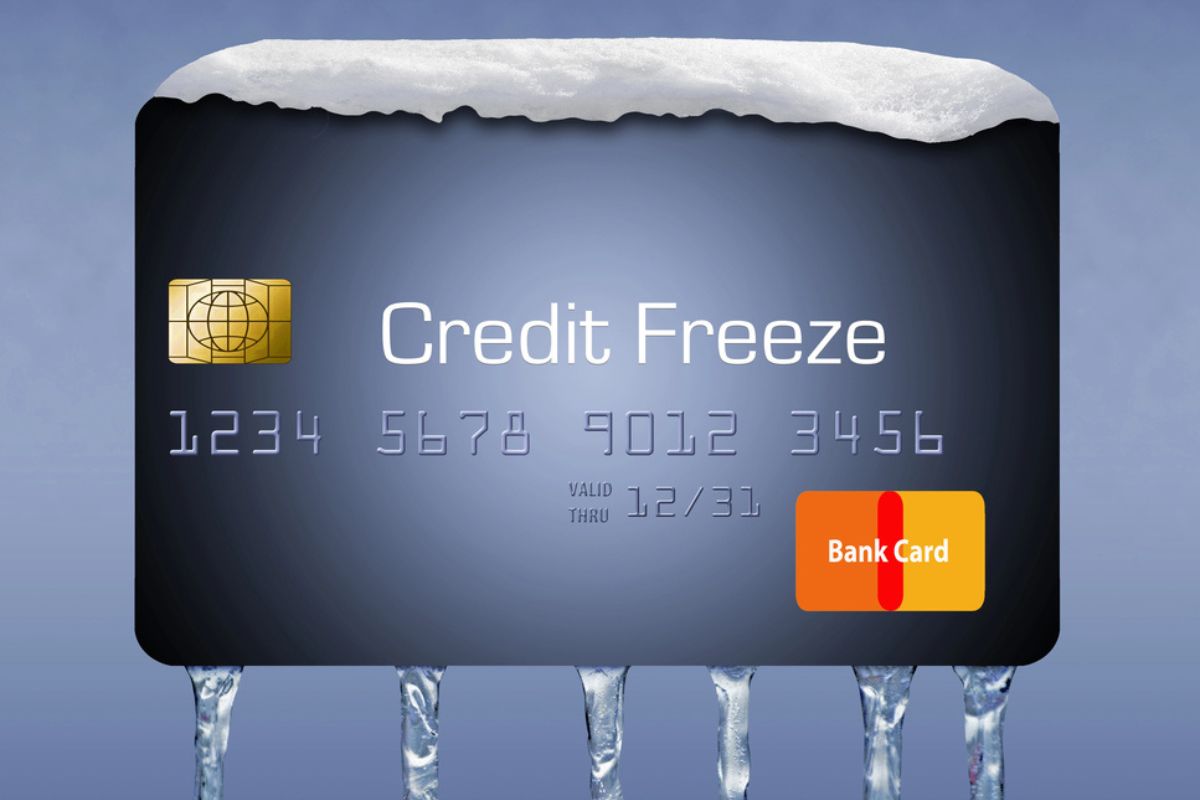In today’s digital world, data breaches and scam attempts are increasingly common, and they often threaten sensitive personal information, such as Social Security numbers.
One of the most effective ways to protect yourself from identity theft in such scenarios is by freezing your credit.
This blog post will provide a clear and concise guide on credit freezing, why it is important, and how you can do it for free.
What is Credit Freezing?
A credit freeze, also known as a security freeze, is a tool that restricts access to your credit report. When your credit is frozen, lenders, creditors, and even you cannot access your credit report without your consent.
This measure prevents identity thieves from opening new accounts or taking out loans in your name, as most creditors require a credit check before approving new credit.
Why You Should Freeze Your Credit After a Data Breach
A data breach, especially one involving your Social Security number, opens the door for potential identity theft. Cybercriminals can use this information to create fraudulent accounts, apply for loans, or engage in other activities that can harm your financial standing.
By freezing your credit, you make it much harder for these criminals to use your information maliciously.
Steps to Freeze Your Credit for Free
Freezing your credit is a simple process, but it’s important to approach it methodically to ensure everything is done correctly. Below are the steps you need to take to freeze your credit for free with each of the three major credit bureaus: Equifax, Experian, and TransUnion.
1. Gather Necessary Information
Before freezing your credit, you must have certain information readily available. This includes your full name, address, date of birth, and Social Security number. Sometimes, the credit bureaus might require additional documentation to verify your identity, such as a copy of your driver’s license, utility bill, or Social Security card. Preparing this information and documentation in advance will help ensure a smooth process when contacting the credit bureaus.
2. Contact the Credit Bureaus
To freeze your credit, you must contact each of the three major credit bureaus: Equifax, Experian, and TransUnion. You can do this either through their websites or by calling their customer service numbers.
- For Equifax, you can visit their credit freeze page or call their dedicated line at 1-800-349-9960.
- Experian can be reached online or at 1-888-397-3742.
- TransUnion offers online services and can be contacted by phone at 1-888-909-8872.
Each bureau has its procedures, but all require verifying your identity before freezing your credit.
3. Submit Your Request
Once you’ve gathered your information and contacted the credit bureaus, you must submit your request to freeze your credit. During this process, you will provide the necessary details to verify your identity, such as your Social Security number and address history.
After your identity is confirmed, you can proceed with the credit freeze. The bureaus will process your request, typically within minutes, if done online or over the phone. Once the freeze is in place, it will prevent unauthorized access to your credit report, offering you added protection against identity theft.
4. Receive Confirmation
After you successfully freeze your credit, each bureau will send you a confirmation, usually through email or regular mail. This confirmation will include important details such as a PIN or password.
This information is crucial for managing your credit freeze in the future, as you’ll need it to lift or temporarily unfreeze your credit when necessary. Make sure to store this information securely so that you can easily access it when needed.
5. Verify Your Freeze
Although the credit bureaus will confirm that your freeze has been applied, it’s a good idea to verify the freeze yourself. You can do this by attempting to access your credit report through various platforms that offer free credit monitoring.
This extra step ensures that your credit is frozen and no unauthorized access can occur. If you find any discrepancies or the freeze hasn’t been properly applied, you should immediately contact the credit bureau to resolve the issue.
Lifting or Thawing Your Credit Freeze
While a credit freeze provides strong protection, there might be times when you need to lift or temporarily thaw your credit, such as when applying for a loan or credit card.
You can do this by contacting the credit bureaus again and using the PIN or password provided during the freeze process. Lifting the freeze is also free and can typically be done online or over the phone.
Check Your Credit Regularly
Regularly monitoring your credit is crucial after freezing it, especially if you’ve been a victim of a scam. By checking your credit reports frequently, you can quickly identify any unauthorized activities or changes that might signal attempted fraud.
Most credit bureaus offer free reports annually, but consider more frequent checks through services that provide regular updates. Staying vigilant ensures that your credit remains secure and helps you catch any issues before they escalate.
Key Takeaways
Freezing your credit is critical to protecting yourself after a data breach or scam attempt. It’s a practical, straightforward, and free measure that can significantly reduce identity theft risk. Following the steps outlined above, you can quickly secure your credit and gain peace of mind knowing your financial identity is protected.
Remember, while a credit freeze is a powerful tool, it is also essential to monitor your credit regularly and be cautious with your personal information.
